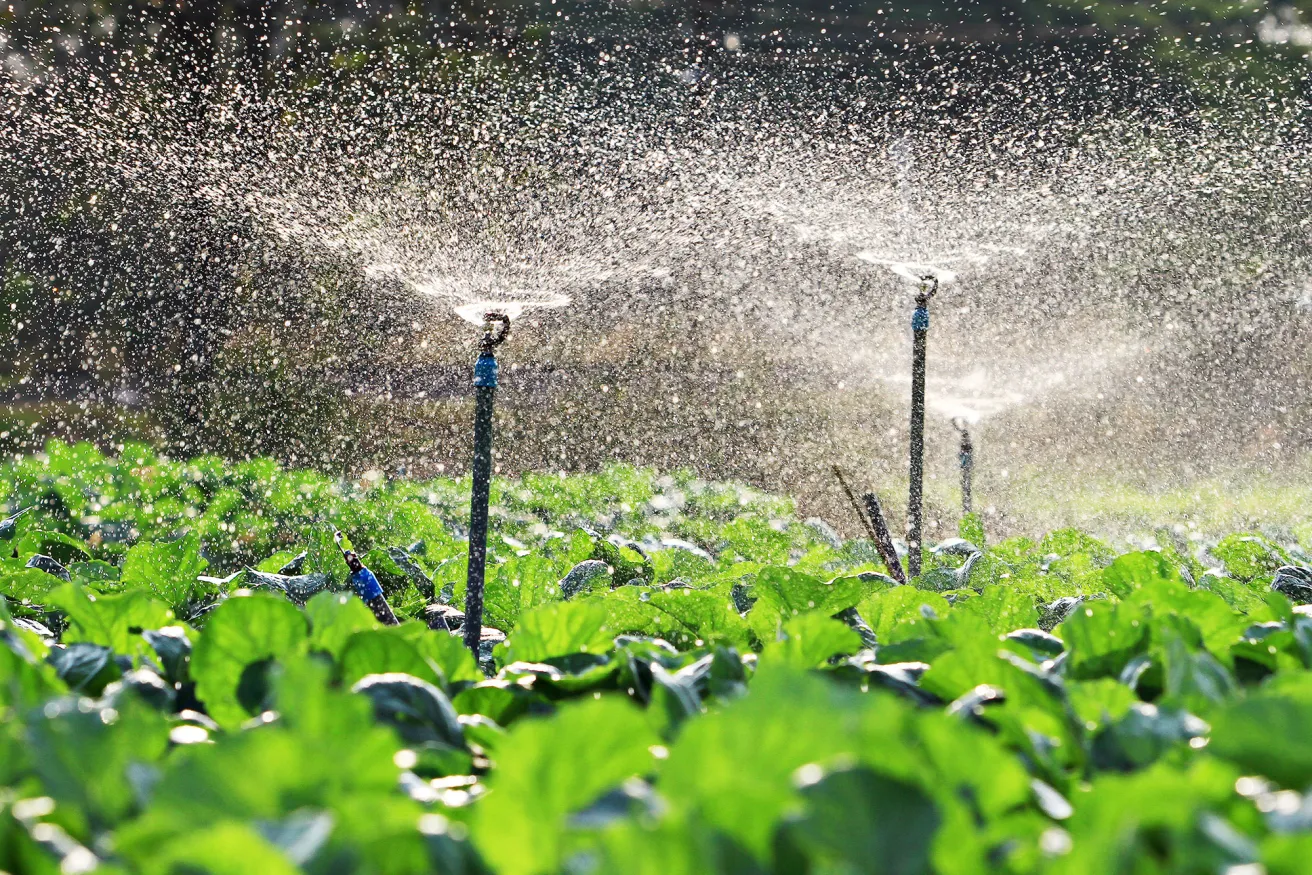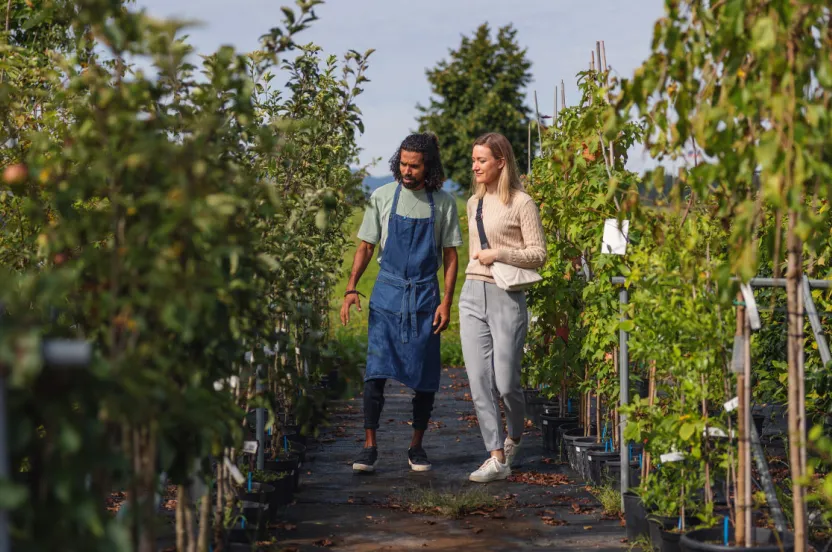Now live: The 2025 Canopy Report. Learn how Americans see trees. GET THE REPORT
Inside a High-Tech Nursery Supporting the Future of Forests
Welcome to the USDA Forest Service’s Lucky Peak Nursery, where it’s survival of the fittest for tree seedlings.
July 14, 2023

Tucked in the high desert near Boise, Idaho, Lucky Peak Nursery is one of six nurseries run by the USDA Forest Service. And while you may not immediately think of science and technology when you think of a tree nursery, these things are top of mind around here.
This nursery is responsible for helping National Forests in Southern Idaho, Utah, Nevada, Western Wyoming, Arizona, and New Mexico recover more quickly after natural disasters. They need to have seedlings ready when tree planting is underway, and that means implementing tools and strategies to provide the maximum number of seedlings as fast as possible. That’s how they currently produce 3 million (or more) seedlings per year.
It's a careful balance of letting nature take the lead and supporting it with a scientific approach and detailed data management. Here are some examples of that technical support.
Sorting out the best seed
Once harvested, seeds come to Lucky Peak Nursery to be cleaned and sorted. The outer coating and other litter are removed, and then the seeds are sent through a custom-built sorter attached to a shop vacuum. The forced air separates the seeds by weight. The lighter seeds are discarded. They are empty, most likely due to insects, meaning nothing will sprout from those seeds.
The heavier seed is kept for planting. A small selection of this seed is then sent through a digital x-ray machine to ensure the seeds were sorted well. “We sample 100 seeds. There we will evaluate each seed and determine if it is fully developed. This will give us an estimate of how well the seed will germinate,” said Sara Wilson, Nursery & Reforestation Specialist with the USDA Forest Service.
For one final quality check, the seed is taken to a certified seed lab for germination testing. Luckily, one of these labs is just up the road in Boise. “I’ll just buzz down into town and drop off a sample, and they are able to do germination testing for us,” said Wilson. Knowing that the seeds are going to grow well is incredibly valuable in a nursery asked to supply millions of trees per year.

Cataloging for long-term cold storage
Seed isn’t always collected as it’s needed — it’s often collected as it’s readily available. In fact, seed collection can happen as much as a full decade before reforestation will be necessary. That’s why the nursery has a walk-in freezer large enough to hold 20,000 pounds of seed.
If you’re going to leave seeds in zero degrees Fahrenheit for multiple years, you first need to know they can handle the cold. So, the staff conducts moisture testing. They measure the moisture levels in the air immediately around the seeds. Seeds with high moisture content, such as acorns, can’t be frozen. The water will expand too much as it freezes, and the seed will explode. If the seed doesn’t have enough moisture, it won’t stay viable in the freezer for as long. The nursery will use it as soon as possible. Lucky Peak is looking for seeds to last in the freezer for at least a decade.
Inside the freezer, seeds are organized by “collection zone.” Each National Forest the nursery supports is broken into multiple zones, based on climate data. When a forest needs seeds, Lucky Peak pulls seeds from the matching zone — from trees that thrived in that area.
Waking up the seeds for planting
Seeds that come from the freezer go through a “wake-up” process called stratification. Essentially, this mimics the forest’s fall and winter seasons. First, the seeds are soaked in an aerated bath. This replicates the fall rains. Then the seeds are dried and refrigerated at 35 degrees Fahrenheit. “Each species has a specific time frame for refrigeration. This will mirror the process the seeds go through in the winter season,” said Wilson. After refrigeration, it’s time for the seeds to be sown.

Customizing Climate Zones
The centerpiece of this operation is an expansive greenhouse capable of holding 1 million seedlings at any given time. While the size alone is impressive, what’s more remarkable is its versatility. This space can actually be separated into four different climate-controlled spaces.
By dropping the dividers and adjusting temperature and humidity, they can simulate four different climates. Seedlings can grow in Arizona’s warmer spring conditions even in Idaho’s cold winters. This means year-round growing, and that’s how the nursery can produce millions of seedlings annually.
Ensuring a healthy future for forests
In this day and age, it’s not enough to plant a seedling and hope for the best. This technical approach leads to more seeds growing into healthy seedlings — each ready to take root in a forest in need. It’s a level of dedication that helps forests recover more quickly in the wake of natural disasters, insect damage, and diseases.
The Arbor Day Foundation is proud to partner with the Lucky Peak Nursery, ensuring our National Forests can thrive for generations to come.



